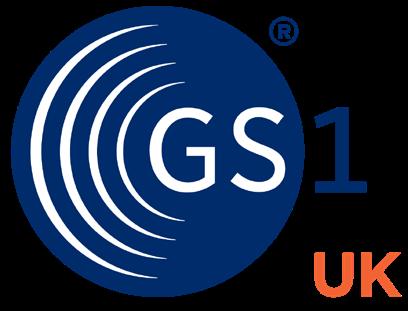
2 minute read
Hospitals of the future: digital technology leads the way
from Health Business 23.3
by PSI Media
2023 marks two significant anniversaries; the 75th birthday of the NHS in England and the 50th birthday of the iconic barcode. While the two may seem worlds apart, they are rapidly becoming more closely linked than many may realise
With more than 10 billion scans each day, the benefits brought by GS1 barcodes extend far beyond retail. When adopted and actively used in clinical settings, the barcode – or more importantly the data it carries – has the ability to transform patient care with a simple scan.
How does it work?
In 2016, the Department of Health and Social Care introduced the Scan4Safety programme1 which centred on the adoption of GS1 standards to uniquely identify every person, every product, and every place.
GS1 standards are most commonly captured in barcodes, and associated with specific data such as a batch number for a product, or NHS number for a patient.
When a barcode is scanned at the point of care or use, the information is captured electronically. This reduces manual processes, decreasing the risk of human error, improving patient safety and driving operational efficiencies.
Initial results show that if Scan4Safety was adopted across hospitals in England alone, more than 3.2 million hours of staff time and nearly £120 million could be saved and re-invested back into patient care.
What could Scan4Safety hospitals of the future look like?
A patient is issued with a GS1-barcoded patient wristband upon admission. The wristband is then scanned along with the room or department barcode used to identify the location they are to be treated in. This captures the patient information and records which ward, department, or bed bay the patient is in.
Each time a medication is administered the product barcode is scanned along with a barcode on the staff ID badge. The same is done for any procedures or interventions to track the implants, medical devices, or products used. All the relevant data is captured in near real time and stored in the electronic patient record (EPR). This process is repeated at every touchpoint throughout the care pathway, keeping an accurate record and consistent audit trail of every patient intervention. This data can then be shared easily between systems and organisations, providing the transparency and traceability needed to support improved clinical decision making.
The bigger picture
GS1 standards are both system and device agnostic, making it easier to share data between systems and organisations. This can be pooled into national registries, such as the Surgical devices and Implants Information system2, to improve traceability on a national scale. Any patient, product or place identified using GS1 standards will not only be unique in England, but also globally. Should a patient receive care in different countries, their record could follow, supporting initiatives such as the International Patient Summary3. Widespread adoption can help create safer and more efficient hospitals around the world. Combining digital technologies and standardised data at scale is the first step in making this a reality.
www.gs1uk.org/healthcare
1. https://healthcare.gs1uk.org/scan4safety
2. https://digital.nhs.uk/data-and-information/ data-collections-and-data-sets/data-sets/nationalperioperative-data-standard-programme
3. https://www.healthit.gov/topic/global-digital-healthpartnership/international-patient-summary










